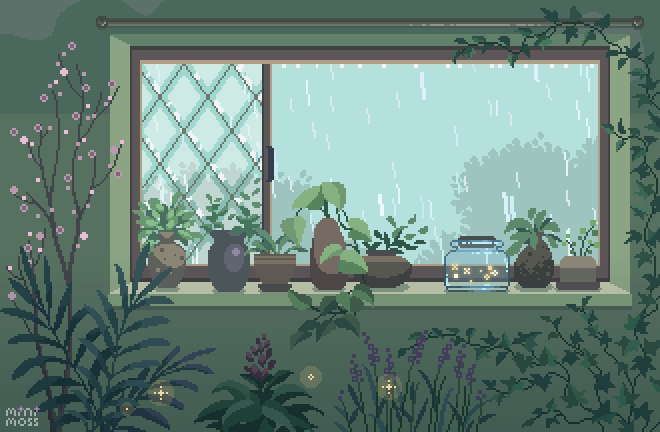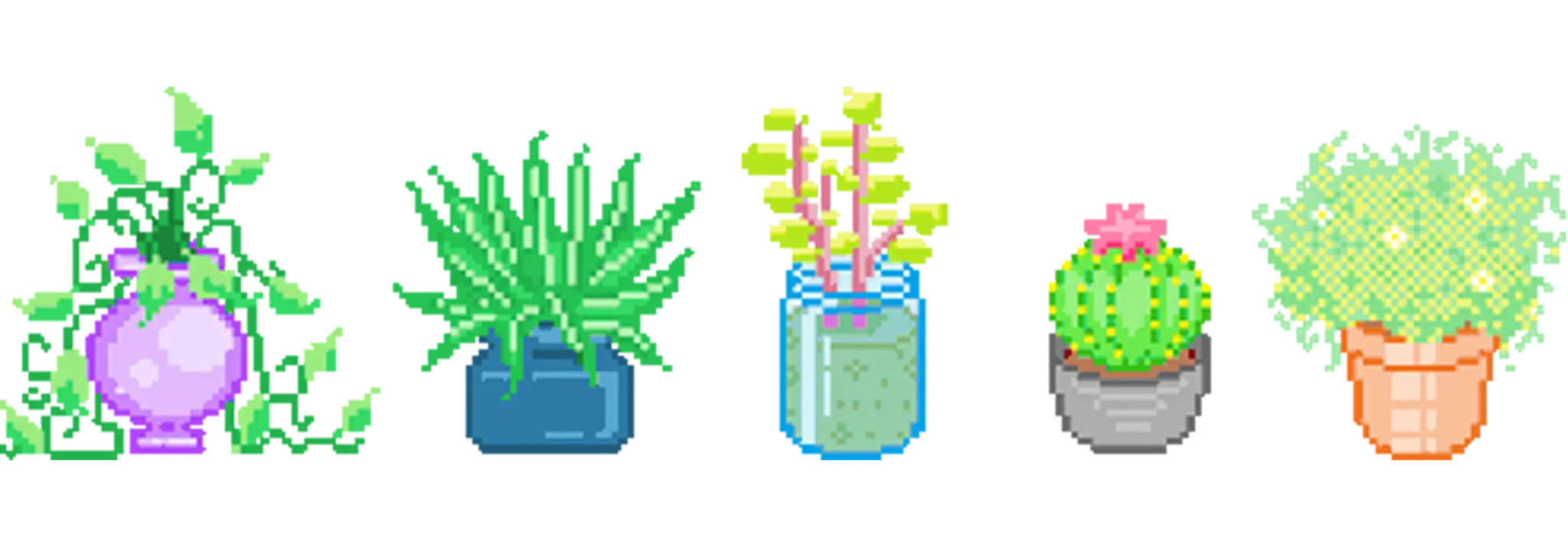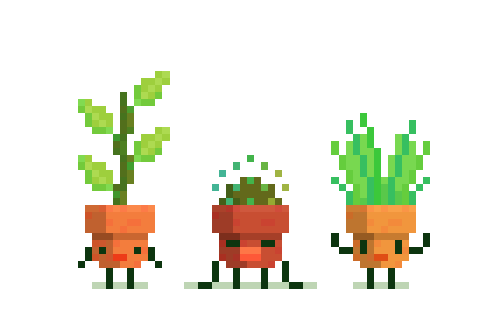this post was submitted on 30 Jun 2023
33 points (97.1% liked)
Houseplants
4584 readers
80 users here now
Welcome to /c/houseplants @ Mander.xyz!
In between life, we garden.

About
We're a warm and informative space for plant enthusiasts to connect, learn, and flourish together. Dive into discussions on care, propagation, and styling, while embracing eco-friendly practices. Join us in nurturing growth and finding serenity through the extraordinary world of houseplants.
Need an ID on your green friends? Check out: !plantid@mander.xyz
Get involved in Citizen Science: Add your photo here to help build a database of plants across the entire planet. This database is used by non-profits, academia, and the sciences to promote biodiversity, learning and rewilding.
Rules
- Don't throw mud. Be kind and remember the human.
- Keep it rooted (on topic).
- No spam.

Resources
Recommendations
Health
Identification
- PlantNet.org (see also: !plantid@mander.xyz)
- Seek from iNaturalist
Light Information
- GrowLightMeter
- PlantLightDB
- HouseplantJournal (Scroll down.)
Databases
- Catalogue of Life
- Perenual.com
- The Garden.org Plants Database
- Useful Tropical Plants (Interactive Database Version)
- WorldFloraOnline
- USA-NPN
- Tom Clothier's Garden Walk and Talk
- Plants for a Future
- USDA Datasets
- Permapeople.org
- Temperature Climate Permaculture: Plant Index
- Natural Capital Plant Database
- Colorado Plant Database
- SEINet
- North American Ethnobotany Database
- BCSS Field No. Lookup (collection site IDs for cacti and succulents)
- U Michigan Native Plant Database for Michigan by Region
FOSS Tools
- Common House Plants API
- HappyPlants (Monitoring App)
- PlantGeek (Care Info App)
Similar Communities
DM us to add yours! :)
General
Gardening
- !balconygardening@slrpnk.net
- !gardening@mander.xyz
- !nativeplantgardening@mander.xyz
- !gardening@lemmy.ml
- !gardening@midwest.social
- !permaculture@lemmy.world
- !tropical_plants@mander.xyz
Species
Regional
Science
Sister Communities
Science and Research
Biology and Life Sciences
- !anthropology@mander.xyz
- !biodiversity@mander.xyz
- !palaeoecology@mander.xyz
- !palaeontology@mander.xyz
Plants & Gardening
Physical Sciences
Humanities and Social Sciences
Memes

founded 2 years ago
MODERATORS
you are viewing a single comment's thread
view the rest of the comments
view the rest of the comments
I'd love to see you update this as you go. I inherited an orchid at work and I'm struggling with helping it bloom. I'd love to see what works for you :)
This book is the one I've liked most. It's more detailed than most of the books I've read, which I want! But there are lots of good books out there. What I've learned is that flowering is a complex process governed by many different factors and differs between species (of which there are tens of thousands for orchids!).
First it needs to be healthy, so getting appropriate levels of light, water, humidity, and temperature. Then it may need some kind of environmental trigger, this could be daylength/seasonality, change of temperature, or even change in atmospheric pressure from a storm! But then the total opposite too: if a plant is dying it may flower as a last ditch effort at reproducing itself. So basically it's pretty impossible to make it flower on purpose unless you know the specific needs of your plant, just keep it healthy and hope for the best :)
Generally Phaelenopsis orchids (the most commonly available for sale and iconic type) want to be heavily watered (even soaking the pot for 15-30 minutes) and then allowed to dry almost completely over a week or two, more or less depending on the temperature and humidity. Keeping the soil/bark constantly moist causes the roots to rot, so you want it to dry (but not so much that the leaves get floppy/wrinkly). They like bright but indirect light, which is tricky -- not direct sunlight but in a bright location all day. Warm temps, with night time minimums above 60. Higher humidity (mist them with a sprayer sometimes if you can). At least that's what I have taken away from the reading I've done!
Wow! Thank you so much for the tips and book suggestion! I was just reading earlier about trying the idea to keep it in a spot with fluctuating temperatures, but I'm embarrassed to say that judging by what you said, I'm likely drowning the poor thing! I think mine needs new soil, so I'll do that soon and check for root rot while I'm at it, then try better to let the soil dry between waterings. I'll take a look at the book you suggested too. I got this orchid because the person who had it before passed away, so I want to do my best to keep it healthy!
I think overwatering is very common with orchids! They're different than most plants because they grow attached to trees, not in soil. So their roots are designed to be exposed to the air or just barely covered. They get water from rain that runs over them and then dries off as well as out of the humidity in the air. The houseplants we're used to growing grow in the soil where the roots are used to being moist. So that makes orchids a little different!
Here is a great video about watering orchids, it gives more details than I did and it's really helpful because it shows how the roots should look when they need watering. I've seen her other videos highly recommended too!